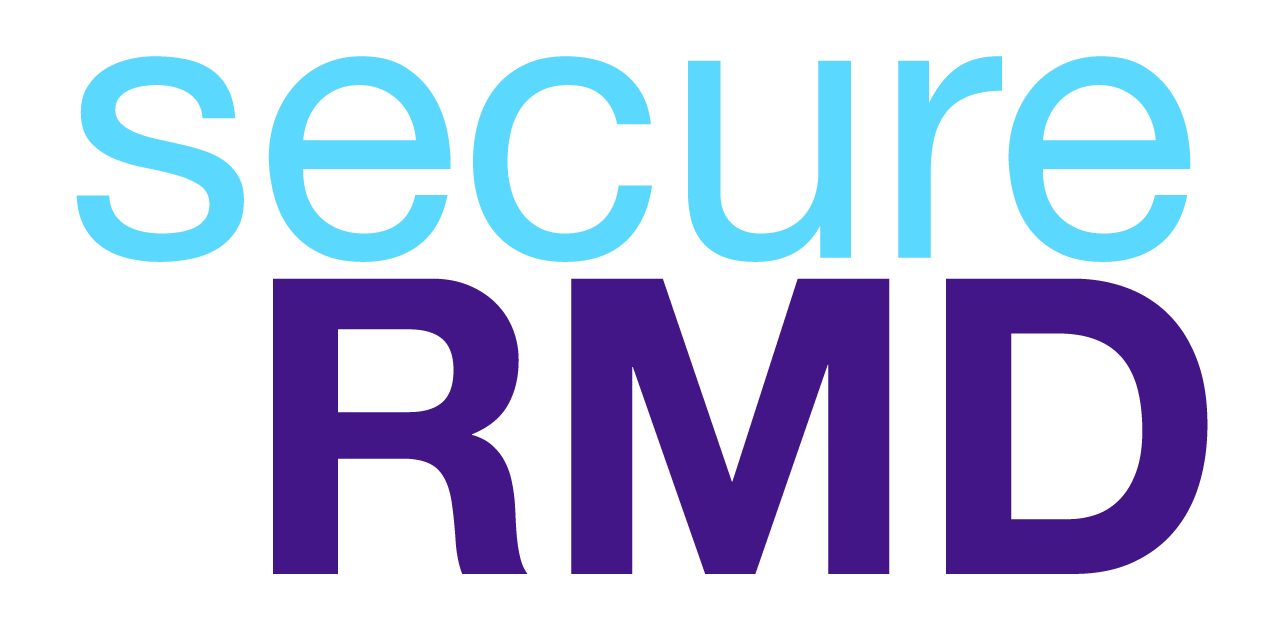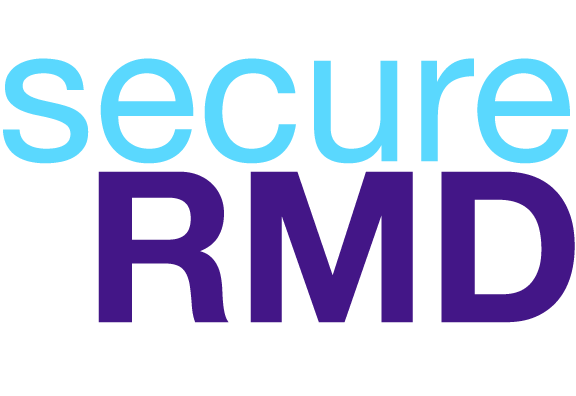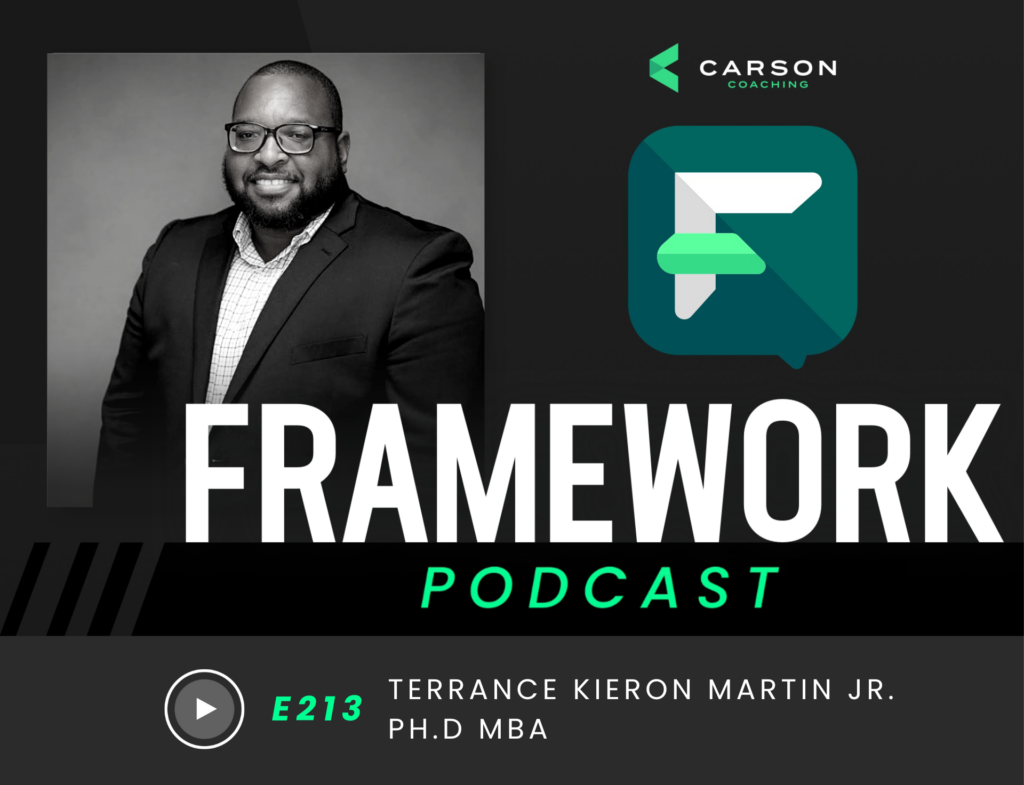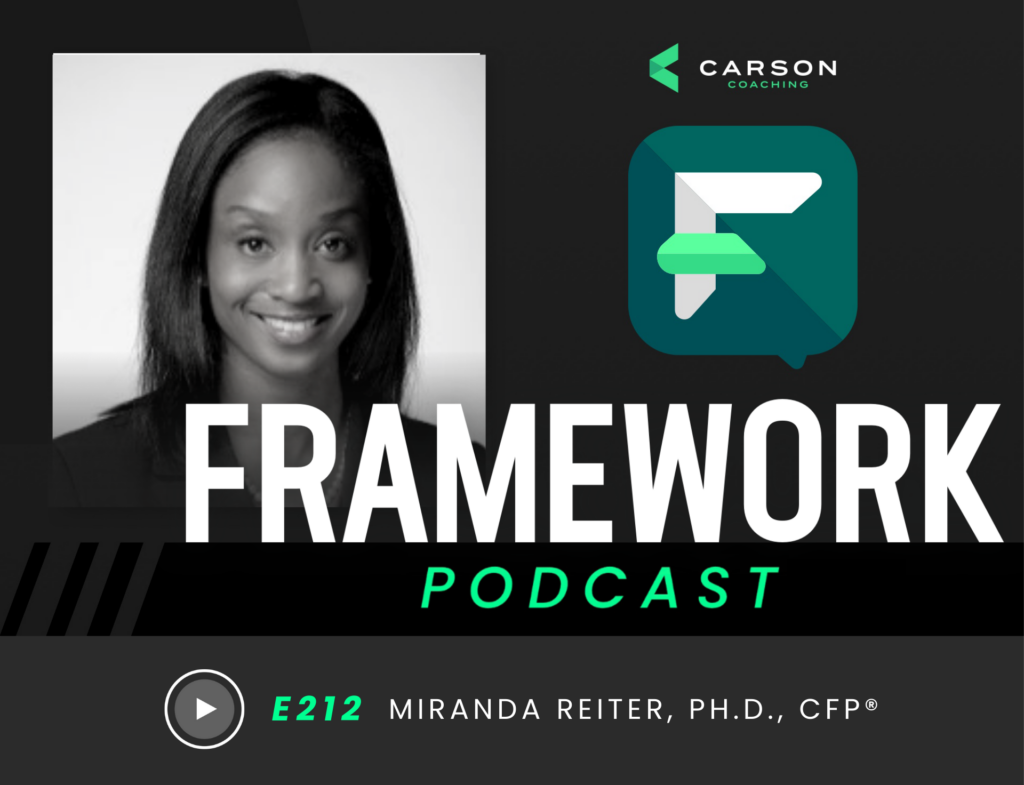By Jamie Hopkins, Esq., LLM, CFP®, ChFC®, CLU®, RICP®, Director of Retirement Research
We use the “bucket approach” to retirement income planning. Let me explain what that means and why it helps simplify your retirement plan.
I often compare retirement income planning to trying to hit a moving target in the wind. The target is your retirement goals – essentially what you want to spend and accomplish with your finances. The target is moving because you don’t know how long you will live – your retirement could last 5 years or 40. Then there is wind because things will change along the way.
Just like when NASA goes to the moon – and the countless calculations involved – we can’t expect to reach our end target by going in a straight line. Instead, we need to have a plan that addresses the risks along the way and can change as our retirement changes.
Any quality retirement income plan should start with a review of your goals or spending needs. Next, you should examine your current assets and retirement income sources like pensions, 401(k)s, and Social Security. If your assets don’t cover your spending needs, you’ll need to find a way to address the shortfall. Maybe you cut spending, maybe you find a way to increase your income.
After that, you’ll need a way to generate sustainable income from your assets and resources, which is generally addressed using one or more of three main retirement income strategies:
- systematic withdrawals
- flooring
- the bucket approach
I often find the bucket approach to retirement income planning to be the most interesting of the three because it can help define the why of your plan. Bucketing strategies are not plug and play, one size fits all approaches. Many variations of the bucket strategy exist, but they generally follow a similar theme of time segmentation.
Under the strategy, retirement is defined as three or more distinct time horizons (or “buckets”):
- Go-go years (beginning of retirement)
- Slow-go years (the next 5 to 10 years)
- No-go years (the remaining years of retirement and many years from today)
By segmenting your retirement into distinct time horizons, you are also prioritizing the times you will need money. You have the highest chance of making it through your go-go years, and less of a chance of spending 25 to 30 years of retirement. As such, it is more important that you have spending and funds available for the near term and more certain expenditures. Essentially, bucketing is a form of risk management.
What Goes in Each Bucket?
Next, you determine what expenditures you expect to have in the go-go years of retirement and fill that first bucket with secure income sources and assets – typically low-risk investments like CDs, bonds, term annuities and other secure income streams like Social Security or a pension income.
Bucket two, on the other hand, features a more blended investment portfolio, with some bonds and CDs, but also mutual funds and equities, creating a more balanced investment approach. According to the theory behind the bucket approach, you can take on some risk in the slow-go years because you’re still a few years out from needing to spend any of this money. Thus, if investments dropped a little bit in the short term, you wouldn’t need to panic because they have time to recover.
When it comes to the final bucket, you can be more aggressive with your investments, putting assets into the market for long-term growth. Diversification within equities is still important as a risk management tool, but since you don’t need this money for 15 or more years, you can take on more volatility to seek out potentially higher returns in the long run. You also don’t need to be as worried about the daily, weekly or monthly up-and-downs of the market because your retirement income is not coming from this bucket yet.
When you take a step back and look at the bucket approach, it’s important to understand the reason you own the investments you do. Certain assets are earmarked for certain time periods. The more secure assets are for more immediate needs and the more volatile assets for longer term needs. In a lot of ways, the strategy plays on mental accounting concepts.
The Down Side of the Bucket Approach
The biggest drawback of a lot of bucket approaches is figuring out how to rebalance the investment portfolio or refill the near-term buckets over time. For instance, if you empty the near-term bucket frequently and have to repeatedly sell your long-term to replenish it, you are basically just using your long-term assets.
On the other hand, you can just let the buckets deplete over time. By using up your near term first, then your mid-term, and then your long term, you will create a rising equity allocation glidepath over time. In other words, the older you get, the riskier your investment allocation. There is some research that says this is actually a good strategy from a total return perspective, but your risk tolerance level might not support being in 90 percent equities when you are in your mid-80s.
The bucket approach provides a great way to tell the story of why you have the investments you have in your plan. However, like any good plan, it needs to be nimble over time to change and adjust to changes in laws, markets and goals. So, before you set out on a bucket approach, make sure you know how it will handle asset allocation and income generation over time.
It might all make sense to start, but will it last through the wind?
A diversified portfolio does not assure a profit or protect against loss in a declining market.






